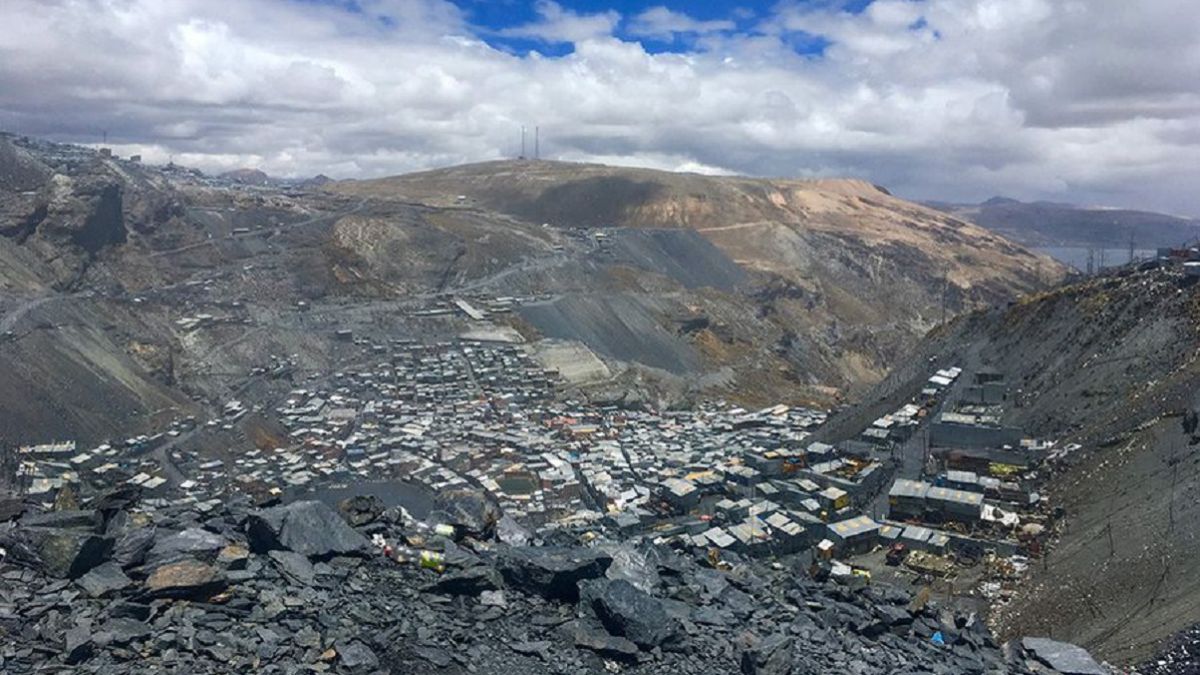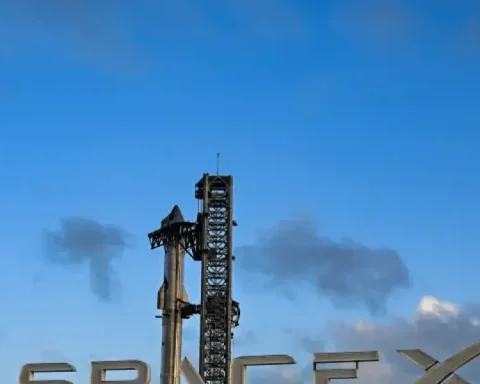La Rinconada, a town in Peru, has the honor of being the cinhabited city at a higher altitude throughout the world: its more than 30,000 inhabitants live at a height of almost 5,100 meters above sea level. Located on top of Mount Ananea, in the middle of the Andes, weather conditions are extreme there, with temperatures barely above freezing for much of the year.
Being the highest inhabited point in the world, it is also one of the most isolated. The settlement is located at an altitude of 5,090 meters, under the shadow of a large glacier known as ‘Sleeping Beauty’. Access to La Rinconada is complicated, since you have to traversing an unstable path at the foot of the mountain, covered by rocks, dirt and even ice during the colder months. A trip that, in the worst case, can last days.
As reported Business Insider, in the year 2019, the city it does not have hotels or hospitals, while the government barely has a presence in it. For visitors these are very harsh conditions, because at such a drastic altitude the air is difficult to breathe. It is the so-called ‘altitude sickness’, which is felt at about 3,048 meters above sea level. Bearing in mind that La Rinconada is close to another 2,000 above, one gets an idea of the difficulties in acclimatizing.
Economy based on gold mines
It is an area in which poverty is dominant, although its citizens are strong enough to live in these conditions. Much of the city’s economy depends on unregulated gold mines, which are located on the slope of the northern mountain that surrounds it. The rise in the price of gold between 2001 and 2009 triggered the population number. The raw material was revalued by 235%, while the population increased to 50,000 inhabitants.
In accordance with National Geographic, It is a transitory population, which varies between 30,000 and 50,000 inhabitants, in a city with no garbage collection system, sewer or running water. The miners who earn their living with gold do not have a regular payroll, but can keep any gold pieces they find on the last day of each month. The task, however, has its risks: they must walk about 30 minutes to, once there, face dangerous gases, mercury, cyanide and lack of oxygen, endangering their lives.
Given the lack of basic services, many people opt for burn your garbage or bury it outside the city limits. Others, on the other hand, leave it where they find a space. This accumulation of waste annually causes several cases of mercury poisoning: the nervous system is affected and an itching, burning and discoloration of the skin is generated.

















